Speakers
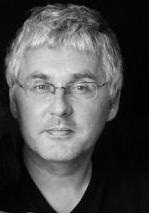
Speaker: Prof. dr. K.S. (Klaus) Hubacek, Center for Energy and Environmental Sciences (IVEM) and Science and Society Group (SSG).
Title: Global income inequality and climate change.
Abstract:
The UN Framework Convention on Climate Change aims to keep warming below 2°C while recognizing developing countries’ right to eradicate extreme poverty.
Poverty eradication is also the first of the Sustainable Development Goals.
About half of the global population live on less than 3$ Purchasing Power Parity (PPP) a day. The top 10% earn more 23$ (PPP) per day. Clearly lifestyles, consumption patterns and associated per capita carbon footprints differ enormously between rich and poor and from country to country. But what are the differences in terms of carbon footprint? What is the contribution to total carbon emissions of the global middle class or the global elites? Do we see a convergence of consumption patterns and carbon footprints of rich folks across countries? What are the carbon implications of moving hundreds of millions of people out of poverty as proposed in the sustainable development goals? These are some of the questions that Dr. Hubacek will address in his presentation.

Speaker: H. (Haiyan) Ni, Centre for Isotope Research.
Title: Sources of carbonaceous aerosols in Chinese cities: insights from radiocarbon measurement.
Abstract:
Carbonaceous aerosols (CAs), an important component of fine particulate matter (PM2.5, particles with aerodynamic diameter <2.5 µm) in almost all environments, have been identified as critical contributors to severe air pollution events. In urban areas in China, they typically constitute 20–50 % of PM2.5 mass. A better understanding of sources of CAs aerosols is therefore important for the mitigation of particulate air pollution.
So far, sources and evolution of carbonaceous aerosols remain poorly characterized, because of their complex sources and formation pathways. The radiocarbon (i.e., radioactive carbon isotope 14C) is a powerful source tracer, allowing to distinguish fossil fuel sources from contemporary sources of CAs. In this presentation, we applied the radiocarbon measures on CAs collected in 6 Chinese large cities (including the capital city, Beijing; Fig. 1) during wintertime when server air pollution occurs frequently. The resulting findings lead to better understanding of the sources and formation mechanisms of CAs. With the increased knowledge of CAs, our results facilitate to develop control strategies to reduce air pollution non only in China but in many regions where similar sources and processes play a role.
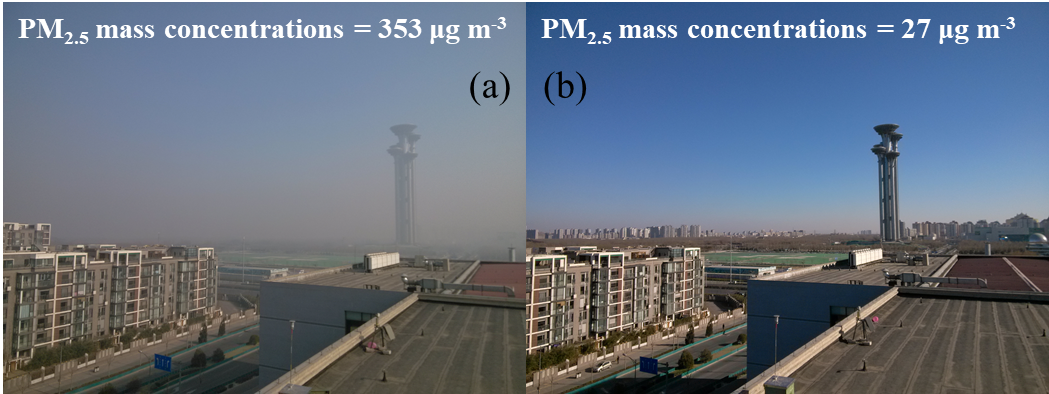
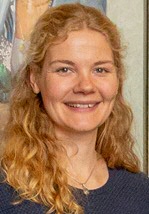
Speaker: J.A. (Janneke) van Ginkel, Geo-Energy.
Title: Unveiling seismic wave properties in Groningen from resonating waves.
Abstract:
The degree of damage on buildings due to earthquakes is strongly dependent on the properties of the subsurface at that specific site. The Netherlands is covered with a very heterogeneous soft sediment cover and this sedimentary cover has a strong effect on seismic wave characteristics and the amplitude of ground shaking. When the velocity of the top layer is relatively low, the seismic wave amplitude increases. By studying local velocity and amplitude variations from seismic waves, we can get constraints on potential sites for seismic hazard.
This presentation focuses on the seismic wave velocity contrast between the Pleistocene and Holocene sediments Groningen and some sites in the Netherlands. We have used the Horizontal to Vertical Spectral Ratios (HVSR) from the ambient seismic field (persistent vibrations of micro seismic waves excited by oceanic gravity waves), continuously measured at numerous accelerometers from the KNMI seismic network. Strong acoustic impedance contrasts in the near surface zone cause wave resonance in the Holocene strata. At certain locations, the HVSR curves show a peak in the amplitude spectrum at a frequency that corresponds with the resonance frequency of buildings.
In addition, the HVSR is used to calculate seismic velocities for the Holocene sediments, which are generally very low. Low seismic velocities have a significant impact on local wave amplifications. Furthermore seismic velocities for the upper Holocene sediments are an important input parameter for seismic hazard assessment.
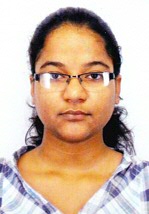
Speaker: K. (Karabee) Das, Center for Energy and Environmental Sciences (IVEM).
Title: A resource intensity perspective to the cooking energy system of developing nations.
Abstract:
About 3 billion people in the world constitute the rural population. The cooking energy demand at the household level for the rural population is very high. In rural areas, biomass (wood, agricultural remains and manure) is the primary cooking energy source, which is used in traditional cookstove for cooking. The key resources for the production of biomass and food are the same (i.e. land water and energy). This implies that when one of these resources is scarce, it will give rise to competition between production of food and cooking fuel. To obtain insight in the possible competition, the amount of resource required is calculated for both food and cooking fuel. We determined the land and water required for food and fuel. It was shown that for both resources, the demand for cooking fuel is about 6 times larger than the demand for food. So the land needed to grow/produce the crops that provide food is far smaller than the forest area that is needed to provide the wood for cooking this food. With respect to the energy required to produce the food and fuel we focus on time and human energy. Since, in rural areas most of the work is done with human labor, which requires a lot of time. We quantified the number of hours and human energy required for all activities involved in producing cooking fuel (i.e. walking to the forest, cutting trees etc.).
The analysis above shows that present method of cooking (i.e. traditional cookstove with fuelwood) is a very resource demanding system. The alternative option is going for energy intensive cooking fuel like charcoal and briquette or else efficient cookstove like improved cookstoves. We found that charcoal and briquette requires much more time and human energy for its production. However, a simple modification i.e. using improved cookstove with fuelwood can decrease much labor and time of rural people. This research helped us to understand on why households are not using these efficient cookstoves.
On a global scale there is a lot of discussion on whether there will be enough land and water available for future food production. In this research, we show that in the rural areas in developing countries the resources required to provide the energy to cook the meal are far larger than the resources needed to produce the food ingredients. This implies that in the future we can expect to have competition for these resources. In these rural areas finding energy sources with lower demand on land and water is essential to save guard the food supply.
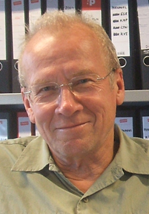
Speaker: Dr. P.D.M. (Peter) Weesie, Science and Society Group (SSG).
Title: University cooperation: pillar of Africa's development.
Abstract:
Since his appointment in 1987, Peter has been a lecturer and researcher in Ecology and Environmental science, and a supervisor and coordinator of cooperation projects of the University of Groningen with various African universities. In his farewell address, entitled "University cooperation: pillar of Africa's development", he will look back at the main projects he was involved in, the results achieved and their relevance for the strengthening of higher education in Africa.
Given the scarcity of public financial means in most African states, and raising student numbers, many universities have serious difficulty in offering quality educational programs to their students. Heavy teaching and administrative loads, and limited budget curtail academic staff in doing research. In such a context, externally funded projects are crucial for developing state-of-the-art curricula, conducting sound research and supporting university management and infrastructure. Peter became a specialist in this field by extensively collaborating with African colleagues and PhD students over prolonged periods of time. In addition to his work in Africa, Peter was a coordinator of the successful Science, Business and Policy course of the Faculty of Science and Engineering and is still involved in this and various other educational and research programmes in Groningen and Burkina Faso.
